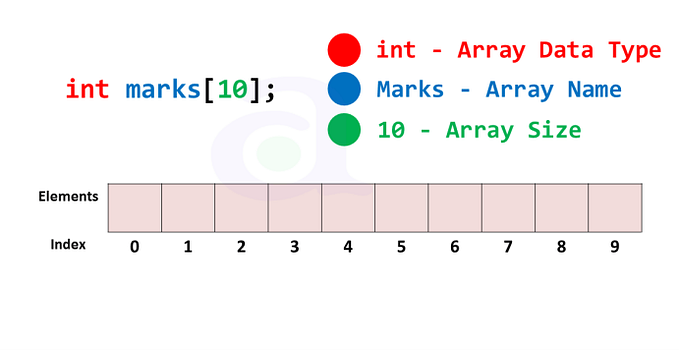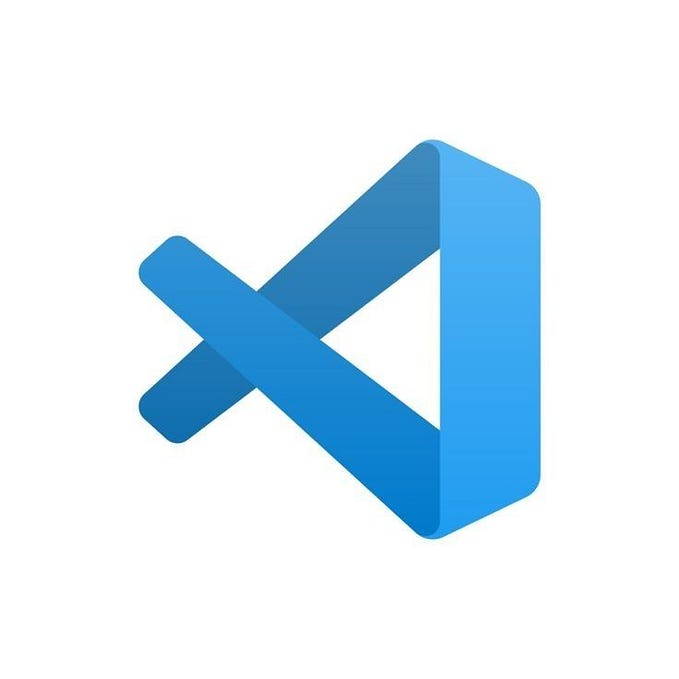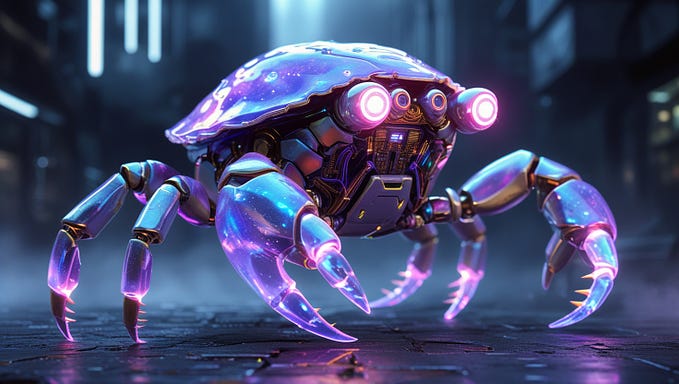Understanding of Recursion and Recursive Functions in C++
A recursion is a powerful tool in programming that allows a function to call itself. Recursive functions can be used to solve problems that are difficult or impossible to solve using loops or other control structures.
In this article, we will explore the concepts of recursion and recursive functions in C++.
Introduction to Recursion
Recursion is the process of solving a problem by breaking it down into smaller sub-problems. A recursive function is a function that calls itself to solve a problem.
Here is an example of a recursive function in C++ that calculates the factorial of a number:

#include <iostream>
using namespace std;
int factorial(int n) {
if (n == 0) {
return 1;
} else {
return n * factorial(n - 1);
}
}
int main() {
int num;
cout << "Enter a number to find its factorial: ";
cin >> num;
cout << "Factorial of " << num << " is " << factorial(num) << endl;
return 0;
}In the function above, the factorial of a number n is calculated by multiplying n with the factorial of n-1. The recursion stops when n becomes 0.
Advantages and Disadvantages of Recursion
Recursion has several advantages:
- It can simplify complex problems by breaking them down into smaller sub-problems.
- It can be used to solve problems that are difficult or impossible to solve using loops or other control structures.
However, recursion also has some disadvantages:
- Recursive functions can use up a lot of memory and stack space, which can cause performance issues.
- Recursion can be difficult to understand and debug.
Conclusion
In conclusion, a recursion is a powerful tool in programming that allows a function to call itself. Recursive functions can be used to solve problems that are difficult or impossible to solve using loops or other control structures. By understanding the concepts of recursion and following best practices, you can write efficient and effective C++ programs.







